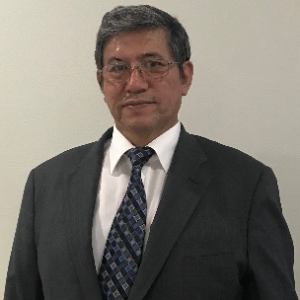Abstract:
For decades cancer studies have focused on molecular genetics while the role of the cytoplasm has remained obscure. Separation of the viscous fluid cytosol and elastic-solid cytomatrix has offered an opportunity to solve an age-old mystery in biochemistry; how millions of complex chemical reactions can occur simultaneously within the cell cytoplasm. The cytomatrix contains structural proteins, ribosomes, and metabolome enzymes responsible for unique biosynthetic pathways that involve immobilized biocatalysis. Immobilizing these catalytic complexes overcomes the spatial limitations for biochemical processes and allows integration of the intracellular and extracellular matrices and receptors with nuclear processes. Together, the cytosol and cytomatrix produce an interconnected synergistic network that maintains the operational flexibility of healthy cells as well as the survival of malignant cells. The cytomatrix is also responsible for cellular micromechanics and cytoplasmic motion. The combination of mechanical and biocatalytic processes triggered by extracellular signals and gene mutations in malignant cells requires additional energy. Cancer cells, consequently, utilize aerobic glycolysis, the Warburg effect, to meet the energy demands of the matrix mechanics that arise in response to imbalanced signaling and excessive biocatalytic activity. Clinical cancer is a rare event despite a high frequency of mutations, as clinical cancer is limited by the requirement for alterations that result in a high energy production state. Without these transformations, potential cancers can only survive in the quiescent state or will be eliminated. Survival of cancer cells indicates that the cancer cells were able to synchronize energy output for matrix mechanics supplying sufficient energy for tumor growth. Thus, cancer cell survival or death depends on triggering the Warburg effect that links genetic aberrations and intracellular matrix mechanics with the ability to provide the energy supply through glycolysis and oxidative phosphorylation.
Audience Take Away Notes:
The organization of biochemical processes within the cell has fascinated many generations of scientists because it directly impacts our understanding of Life and pathological processes. Classical biochemistry is founded on several assumptions valid in dilute aqueous solutions that are often extended without question to the interior milieu of intact cells. The cytoplasm is crowded and the diffusion and partitioning of macromolecules is restricted by steric hindrance as well as by unexpected binding interactions. The cytoplasm model consisting of elastic solid cytomatrix and viscous fluid cytosol derives from chemically separating these physical phases and showing their differences using conventional methods and high-throughput analyses such as mass-spectrometry proteome profiling, RNA-seq, and Ribosome footprint analyses. By separating the viscous fluid and elastic solid components of cytoplasm, we elucidated how millions of chemical reactions can potentially create life without interrupting each other by immobilizing on the cytomatrix platform. Mechanical activity of cytomatrix induces cytomatrix motion that requires ATP energy. Cancer cells, consequently, utilize aerobic glycolysis, the Warburg effect, to meet the energy demands of the matrix mechanics that arise in response to imbalanced signaling and excessive biocatalytic activity.
Our findings will help to better understand metabolic processes of the normal cell and elucidate mechanisms of the malignant transformation. Method of cellular fractionation into the cytosol, cytomatrix and core nucleus will help design experiments without mixing solid and liquid phases of the cytoplasm and the nucleus. The knowledge that clinical cancer is the combination of gene mutations, matrix mechanics, and the surplus energy known as the Warburg effect provide new information about cancerogenesis that can be used by scientists in their theoretical and experimetal work and oncologists and medical professionals in their clinical approach to fight cancer and biotech companies to design anticancer drugs.




